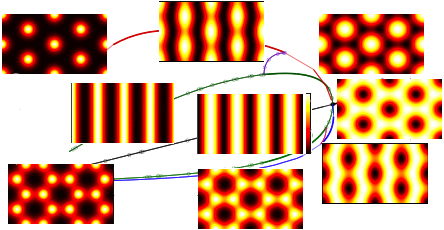
pde2path - a Matlab package for continuation and bifurcation in systems of PDEs, v3.1
Currently maintained by A. Meiners, J. Rademacher, and H. Uecker
Former developers include H. de Witt, T. Dohnal, and D. Wetzel
Home | Tutorials and Demos | Applications| Backlog